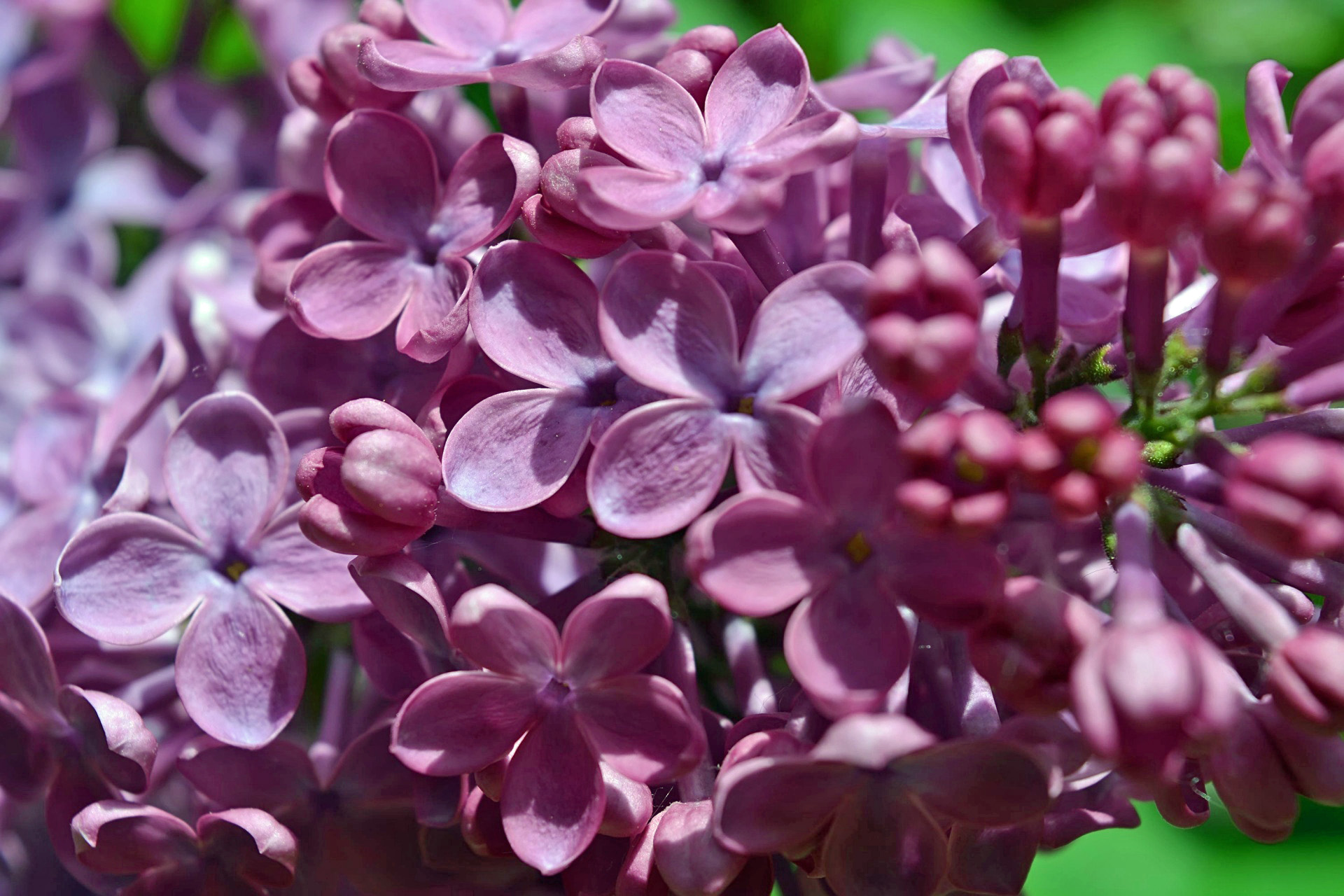
Highland Park's Lilac Collection is famous throughout the world.
Did you know?
The botanic name for the common lilac is Syringa vulgaris; vulgaris translates as '“belonging to the masses.” Known as the "queen of shrubs”, the name lilac itself comes from the Persian word "lilaq" which means flower.
Old names for lilacs include Blewe Pipe Trees, Prince's Feather, Duck's Bills, Spanish Ash.
The lilac is native to the Balkan Peninsula where it grows on rocky hills. They were introduced into northern Eurpopean gardens from Ottoman gardens at the end of the 16th century.
Lilacs came to the colonies in the mid-1750s – grown in America’s first botanical gardens and popular in New England.
We owe our lilacs to the Puritan women who carried rooted pieces (or perhaps even small plants) on their long journey from England. Both George Washington and Thomas Jefferson refer to the lilac in their diaries.
Victor Lemoine (1823-1911) created many of today’s lilac varieities; he also hybridized the first double lilac.
The first lilacs were planted in Highland Park by Calvin C. Laney and John Dunbar in 1892. Three thousand people gathered in 1898 to see the lilacs; this number increased to 25,000 a decade later. The idea of Lilac Sunday was proposed by the Park Department in 1909.
The oldest bush in the park was a double lilac of the President Grevy variety, planted in 1892. This was replaced and now the oldest in the collection is the same variety planted in 1897.
The fine for picking lilacs in Highland Park is $25!!!
